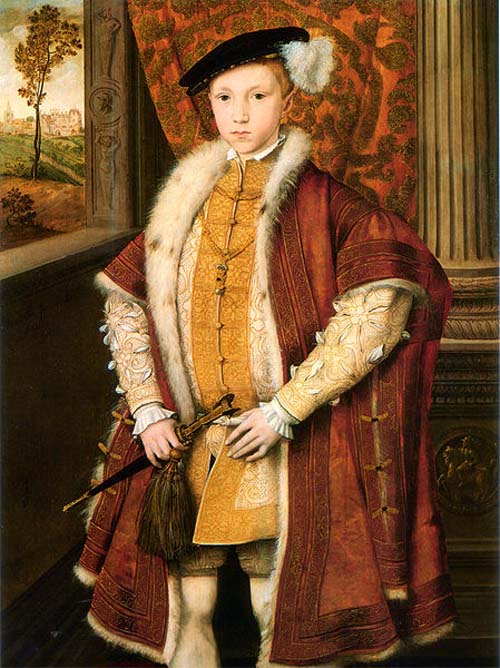Topic book blitz: asking and answering questions and Tudor Britain
Short Lesson Exemplar

Please note: this resource pre-dates the 2014 National Curriculum.
The topic book blitz approach, where children freely scan a range of topic books, provides both a marvellous stimulus to curiosity and questioning, and an authentic purpose for using research skills.
One of our key principles is Questions and Questioning.
In this example, teacher Alison Robson was introducing her class of 8- and 9 year-olds to the Tudors. She decided to try the Nuffield approach in using topic books to encourage children to ask their own questions. This would help to build up the children's conceptual and period knowledge. Alison reports:
"I was a little apprehensive about the practicalities of 33 children using the books in such a fashion. In the past I have given a specific area to investigate using non-fiction books: to answer pre-determined questions, or to produce some work on a restricted aspect of the topic. I was excited by the idea of allowing the children to select from a wide range of areas. I gave them a time limit in which they had to formulate a specific number of statements and questions, and then find their own answers. The children were immediately in control, but the task was manageable and less daunting.
The lesson
At the start of the lesson, I asked the children to work in self-chosen pairs.
Using at least three books, the children were to find out five interesting historical facts about any area of Tudor life.
Once the children had done this, they were to write down three or four questions they would like to answer. The questions could relate either to something they did not understand fully, or to an area they wanted to look into further. I reminded the children about using contents pages, and we talked about looking closely at illustrations and captions.
The children paired off and worked for about 40 minutes. I was very pleased by the enthusiasm they showed. They coped well selecting books from the range of available texts. I differentiated the task by asking the more able readers to check facts and investigate aspects more fully by cross-referencing. I directed less able readers' attention to less demanding texts, or asked them to study some illustrations in greater depth.
Meanwhile I worked alongside a special educational needs group. I concentrated on books with lots of illustrations, and questions naturally arose from the discussion. For example, we were looking at a typical street scene and a child commented upon a street seller selling water. This led to a discussion as to why he needed to sell water and prompted the question: 'Did Tudor people have taps inside their houses?'
Follow-up session
During the follow-up session, we recorded some of the questions the children had posed, and collected together our findings.
Each pair chose one interesting fact they had discovered and shared it with the rest of the class. Children who had discovered similar facts or could confirm the findings added their details, and we built up an overview of particular aspects of Tudor life. Once each pair had contributed, the children were very eager to add more information. We continued the enthusiastic discussion into the next session.
Reflection
I was especially pleased with the purposeful and enjoyable speaking and listening in this activity. The children's concentration span was excellent. They all waited patiently for a turn and were eager to add more.
Children enjoyed being in the position of providing information rather than receiving it.
In addition to the cross-curricular aspects, children gained a good overview of Tudor times. The children had selected facts from many areas, including social, domestic, architectural and military. They had touched on important events like the Armada and the destruction of the monasteries. The children greatly enjoyed recording minute detail.
This approach generates a wealth of material for:
- further research to answer the questions raised;
- extended writing about one or more areas of the society;
- an annotated timeline;
- a table or pie chart illustrating different aspects of a society (such as home life, transport, clothes, and shopping.)
Based on p104-5 of History 7-11 "Developing primary teaching skills" by Jon Nichol with Jacqui Dean. Routledge, 1997.
|
Teaching methods |


